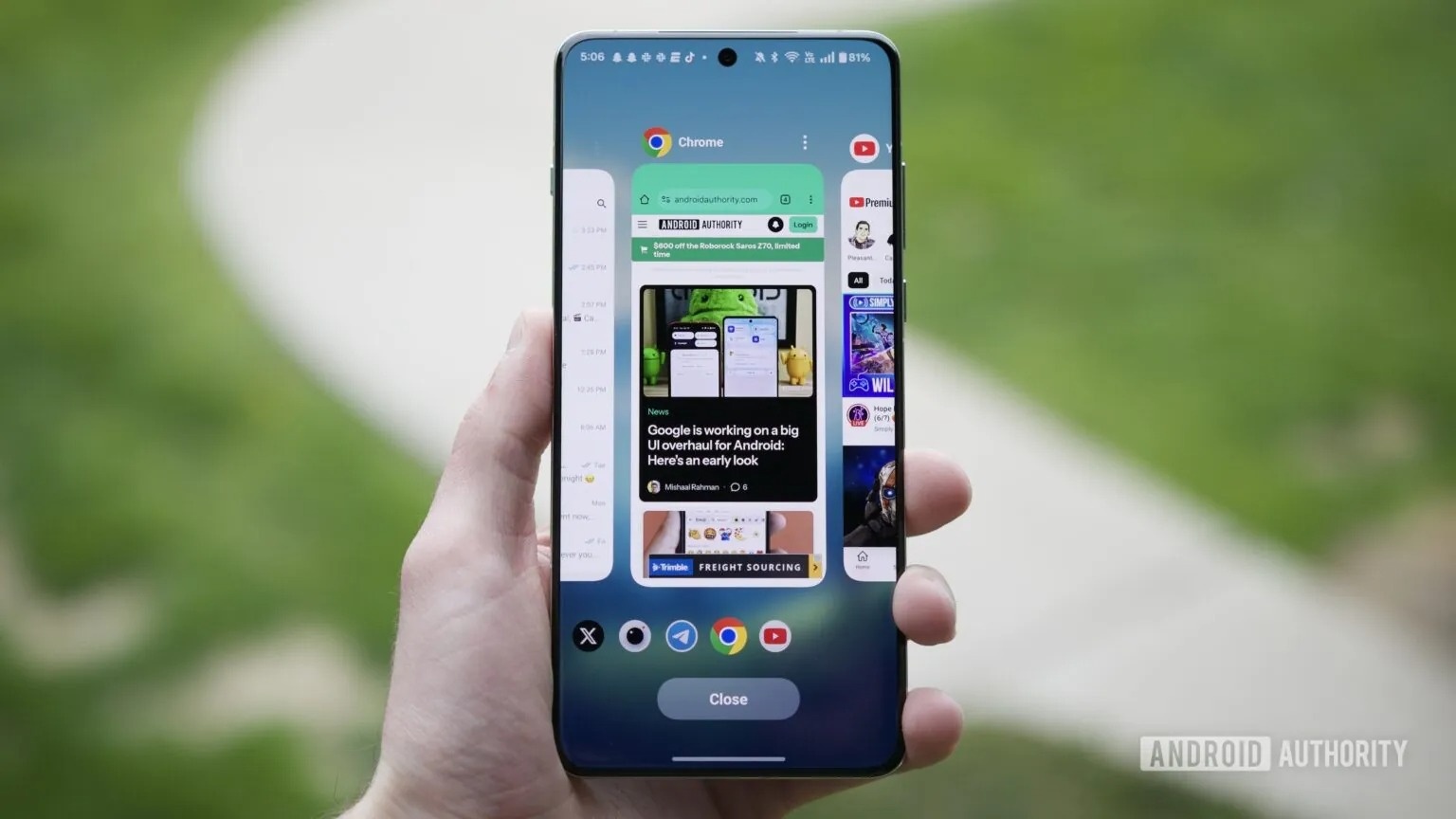 |
Must close the app after use . In the early years, completely closing the multitasking app on Android was said to help save battery and reduce RAM usage. Currently, this platform has applied many optimization features, serving apps running in the background. That means users do not necessarily close the app after use. In fact, some companies optimize the software to the point of automatically closing the app when RAM is needed without user intervention. Photo: Android Authority . |
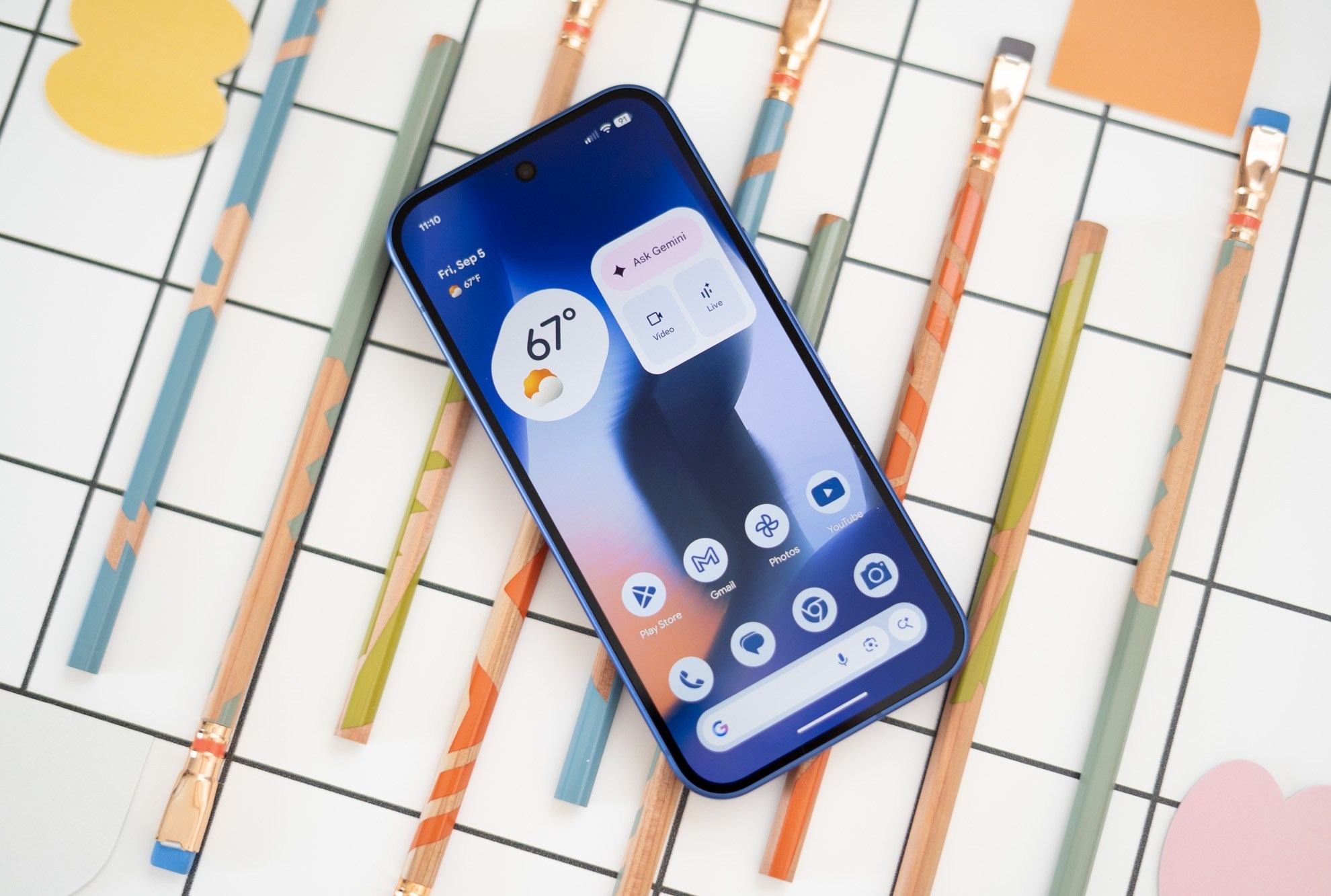 |
Stock Android lacks features . In the past, smartphones from companies like LG and Samsung often offered more software features than stock Android. In the past 5-6 years, Google has improved by adding many features such as screen recording, one-handed mode, live captions or anti-theft protection. Of course, interfaces like One UI, HyperOS or Oxygen OS still offer more features, but stock Android is no longer as boring as many people think. Photo: The Verge . |
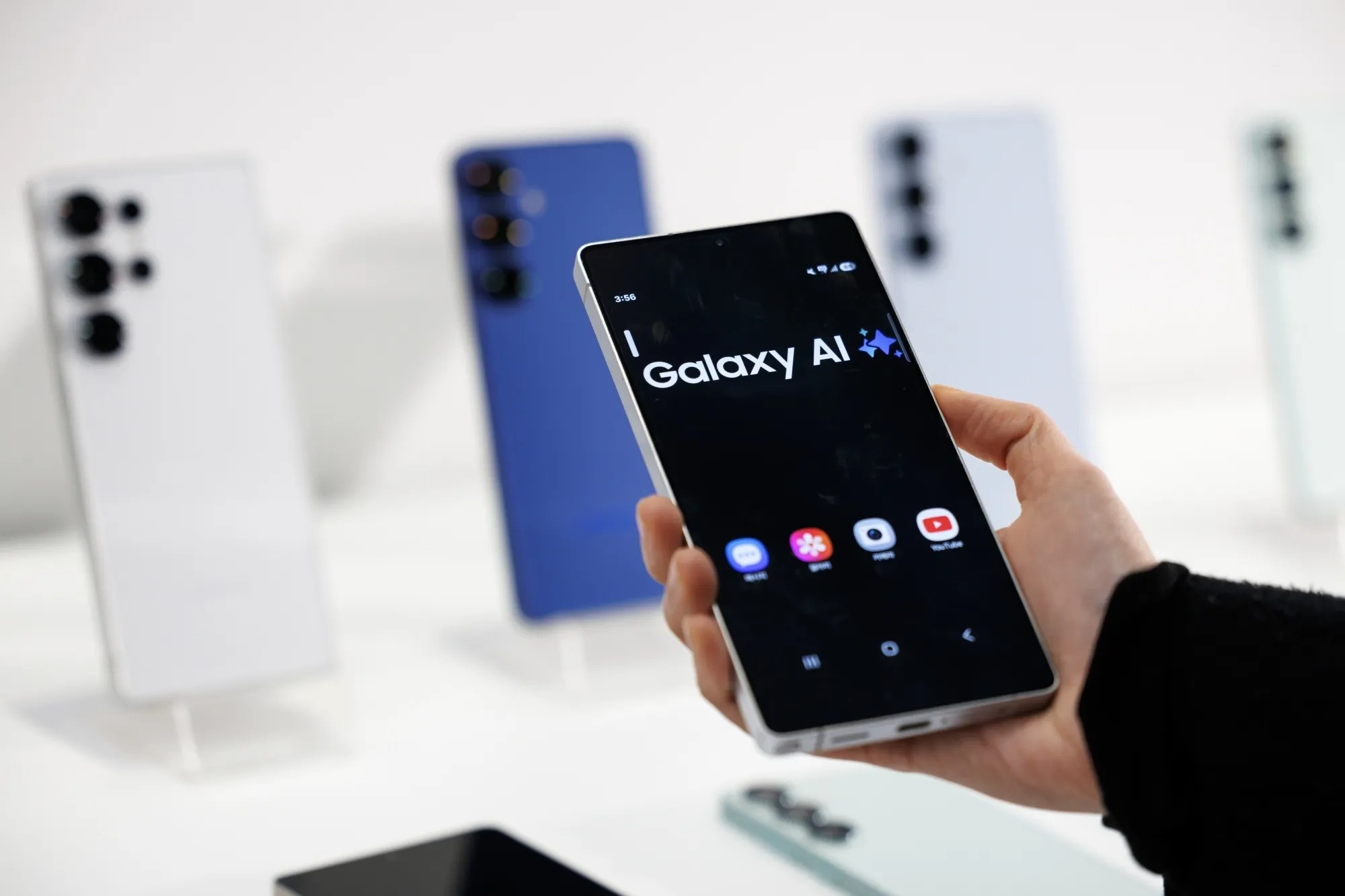 |
Samsung software is slow . According to Android Authority , the TouchWiz interface on Samsung phones was once underrated, especially in the early 2010s, when it integrated too many unnecessary features. After switching to One UI, this is one of the highly appreciated customized Android platforms. Besides removing "junk" software (bloatware), the Korean company also brought the Good Lock customization toolkit, allowing to tweak many interface elements without affecting overall performance. Photo: Bloomberg . |
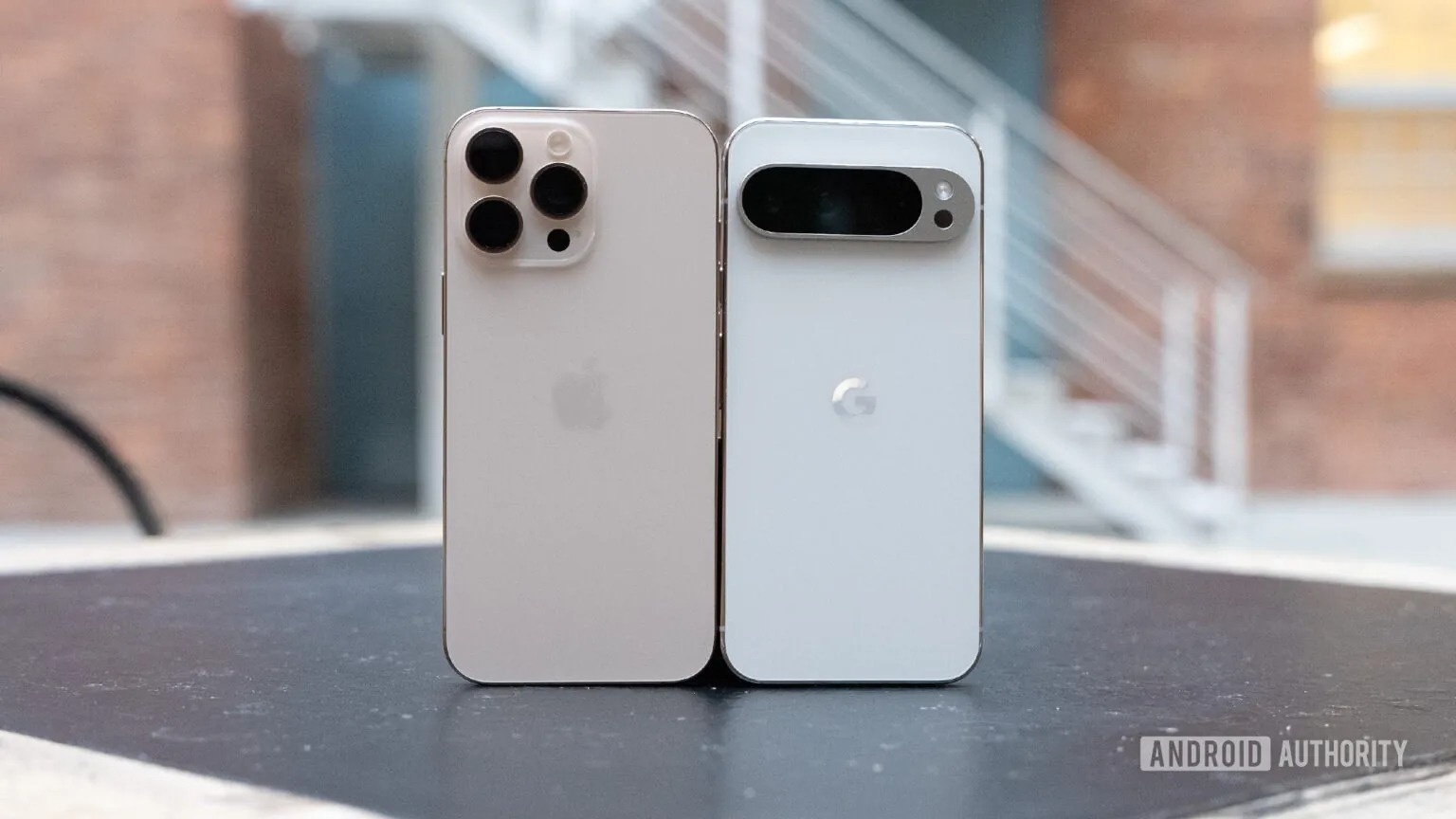 |
The iPhone and Pixel have the best cameras . Since the 2010s, Apple and Google have focused on camera quality on their phones. New iPhone and Pixel models still take great photos, but some Chinese models are even rated equal or better, such as the Xiaomi 15 Ultra, Oppo Find X8 Ultra, Vivo X200 Ultra or OnePlus 13. This comes from the fact that manufacturers are increasingly improving hardware, upgrading image processing capabilities and integrating many software features. Photo: Android Authority . |
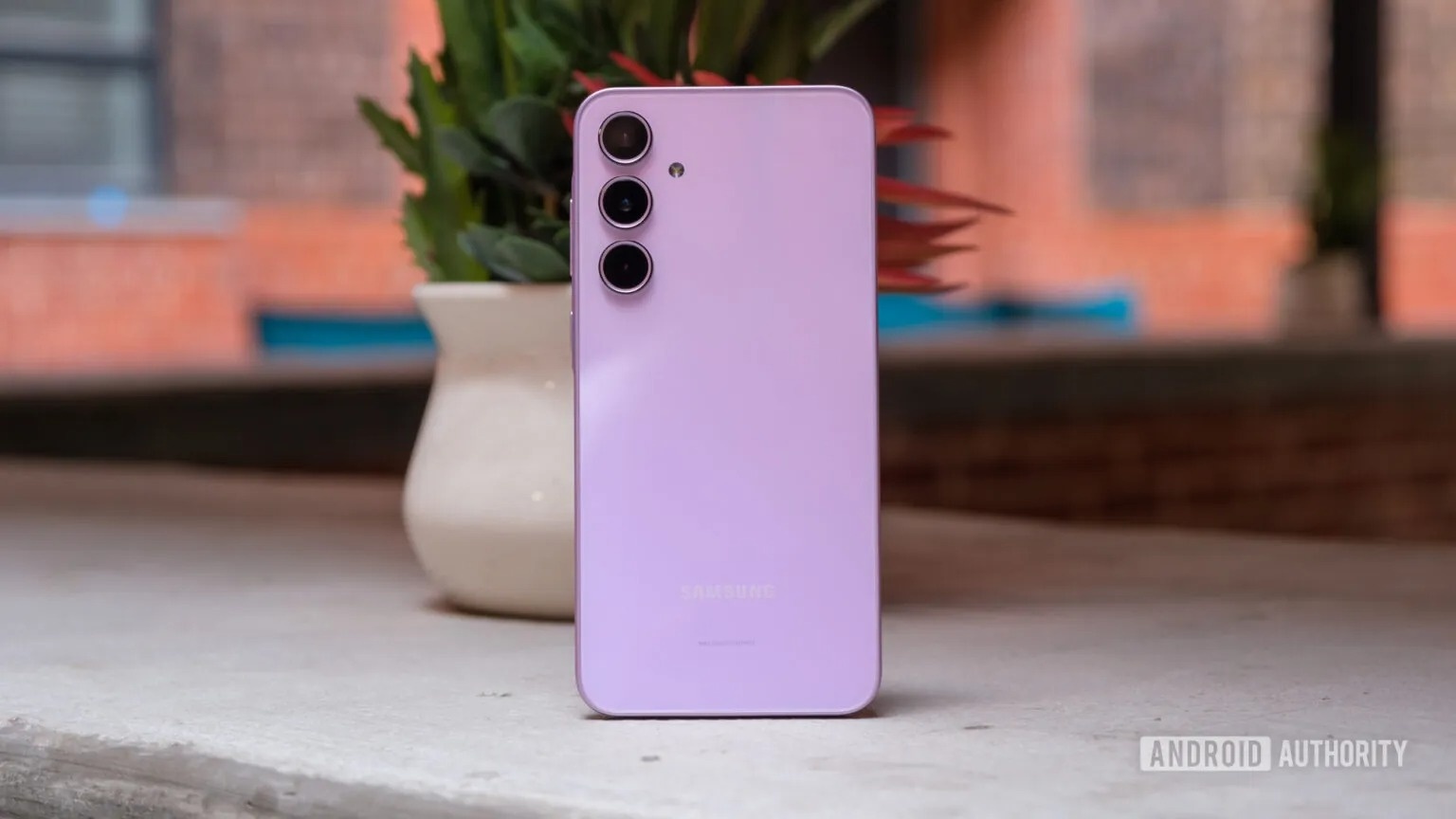 |
Cheap phones are not good . Cheap Android smartphones are often considered to be of poor quality. According to Android Authority, this concept is almost no longer accurate in the current context. Although the specifications may be inferior to some expensive models, cheap devices still meet most basic needs. In addition to technologies such as 5G, high-resolution cameras or 120 Hz screens, lag on cheap phones is also significantly reduced compared to before. Photo: Android Authority . |
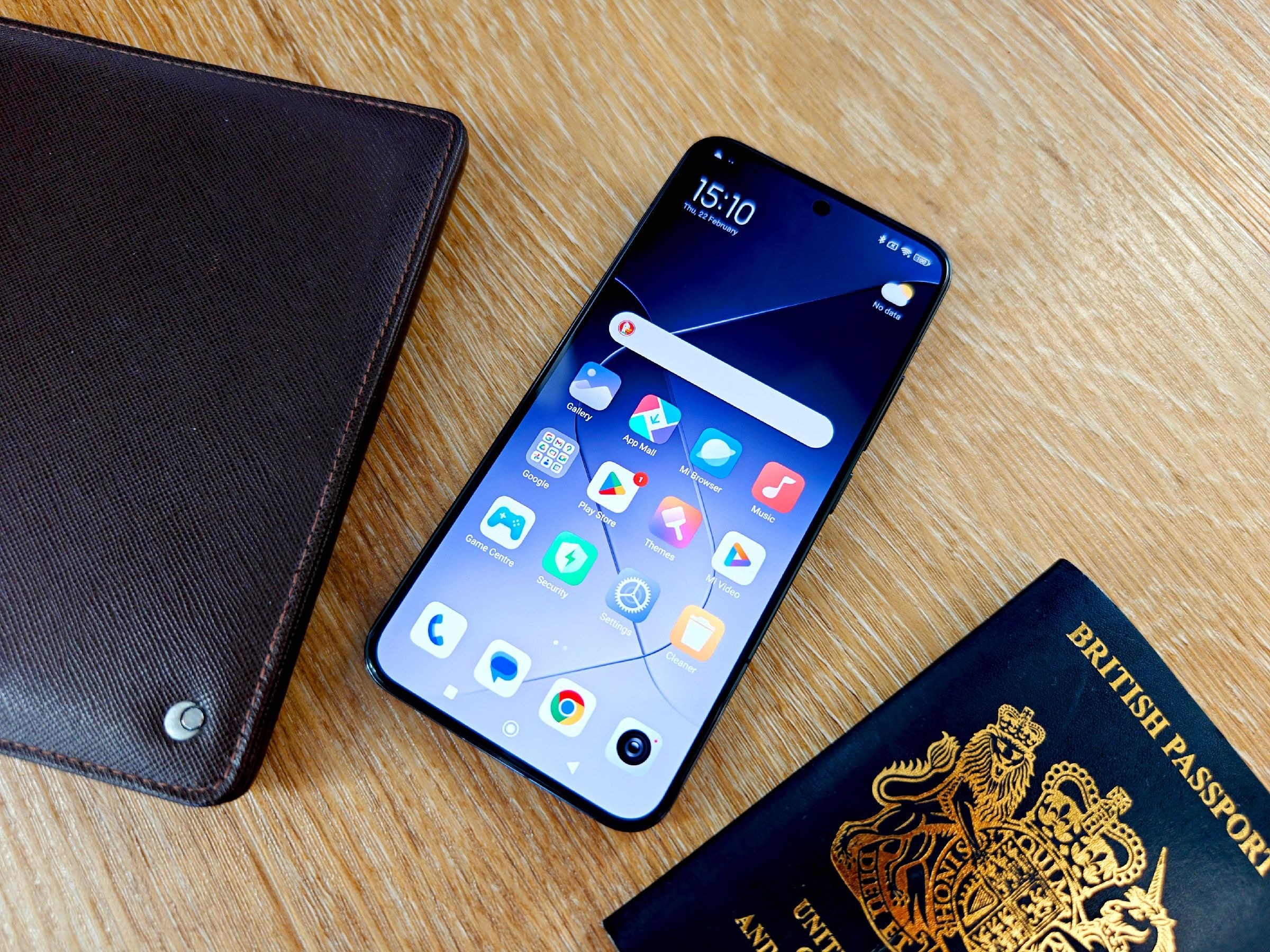 |
Devices slow down over time . During the period 2000-2010, Android phones often slowed down significantly over time. By Android 4.3, Google introduced the TRIM memory management system, which significantly improved performance over time. Nowadays, many mobile manufacturers confidently claim to support their products for a long time. For example, OnePlus says its ROM Vitalization feature ensures smooth device operation after 4 years. Xiaomi also claims its Storage Refresh 2.0 technology allows smartphones to be used continuously for 60 months without losing performance. Photo: Wired . |
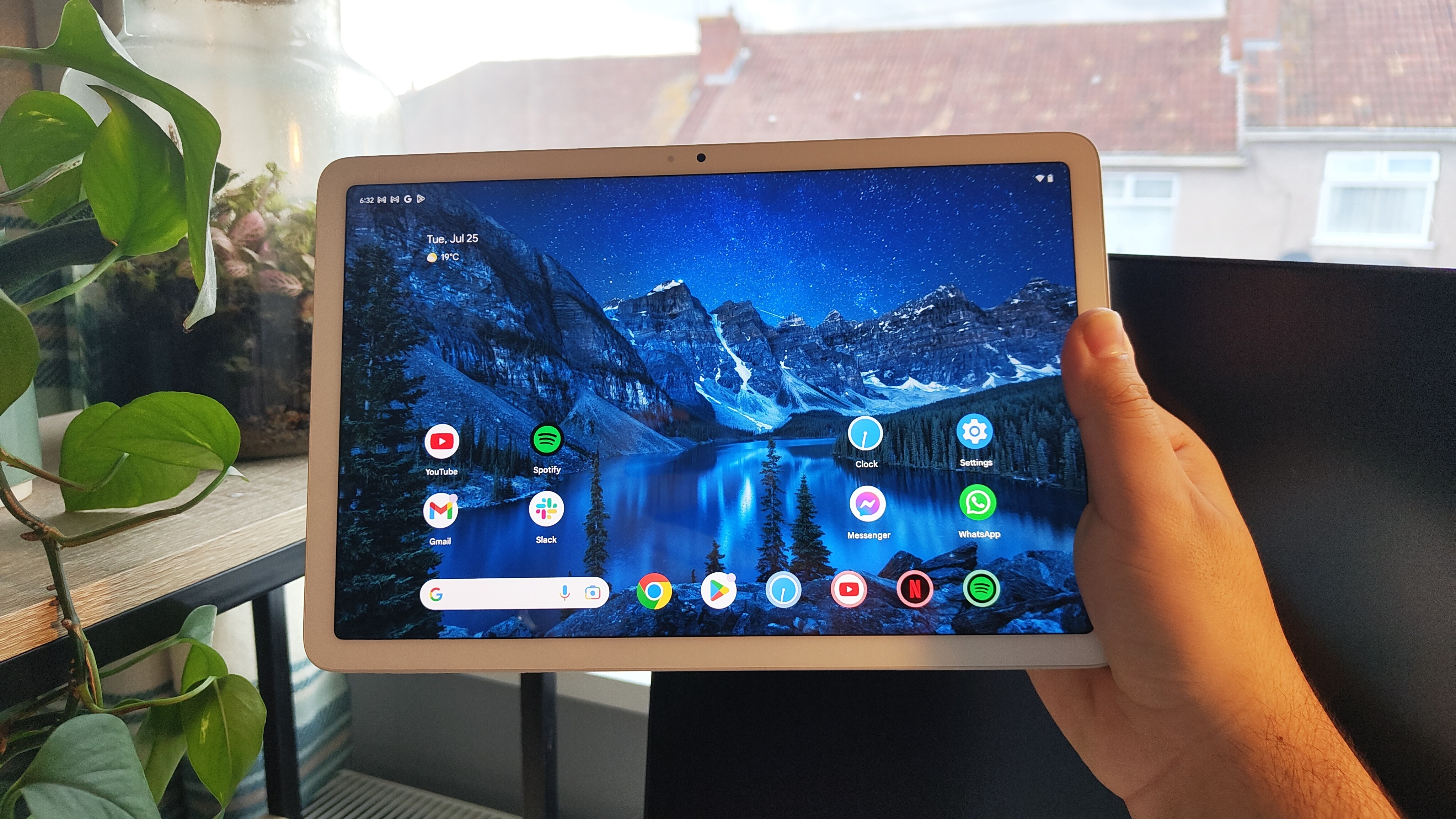 |
Android tablets are bad . Early versions of Android weren't optimized for tablets, which meant they didn't work well. This was fixed in 2011. However, the problem also came from developers not optimizing their apps for tablets, which made them look too big or difficult to use. Since then, Google has implemented a number of solutions, such as the introduction of Android 12L, which is optimized for tablets and requires apps to have interfaces that adapt to different screen sizes. Thanks to the popularity of foldable smartphones, Android now works better on tablets too. Photo: What Hi-Fi? |
Source: https://znews.vn/nhung-quan-niem-khong-con-dung-ve-android-post1591710.html


![[Photo] Closing of the 13th Conference of the 13th Party Central Committee](https://vphoto.vietnam.vn/thumb/1200x675/vietnam/resource/IMAGE/2025/10/08/1759893763535_ndo_br_a3-bnd-2504-jpg.webp)







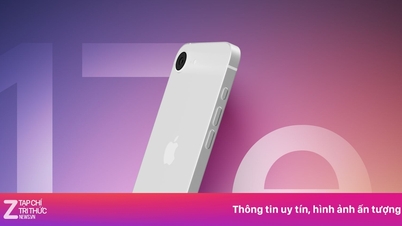













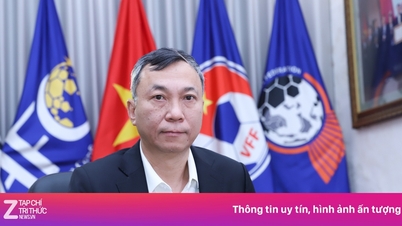


































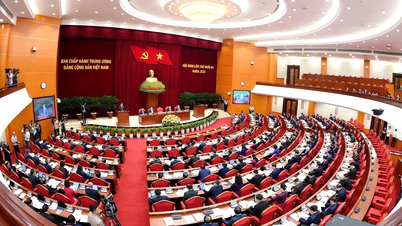

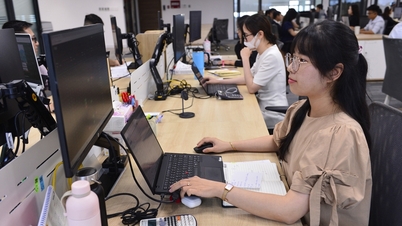















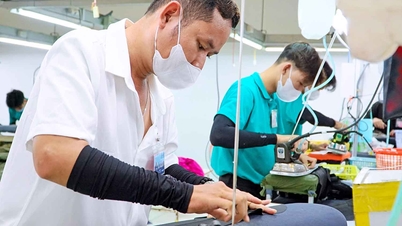


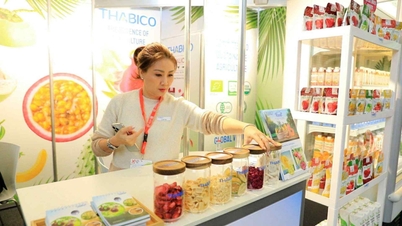












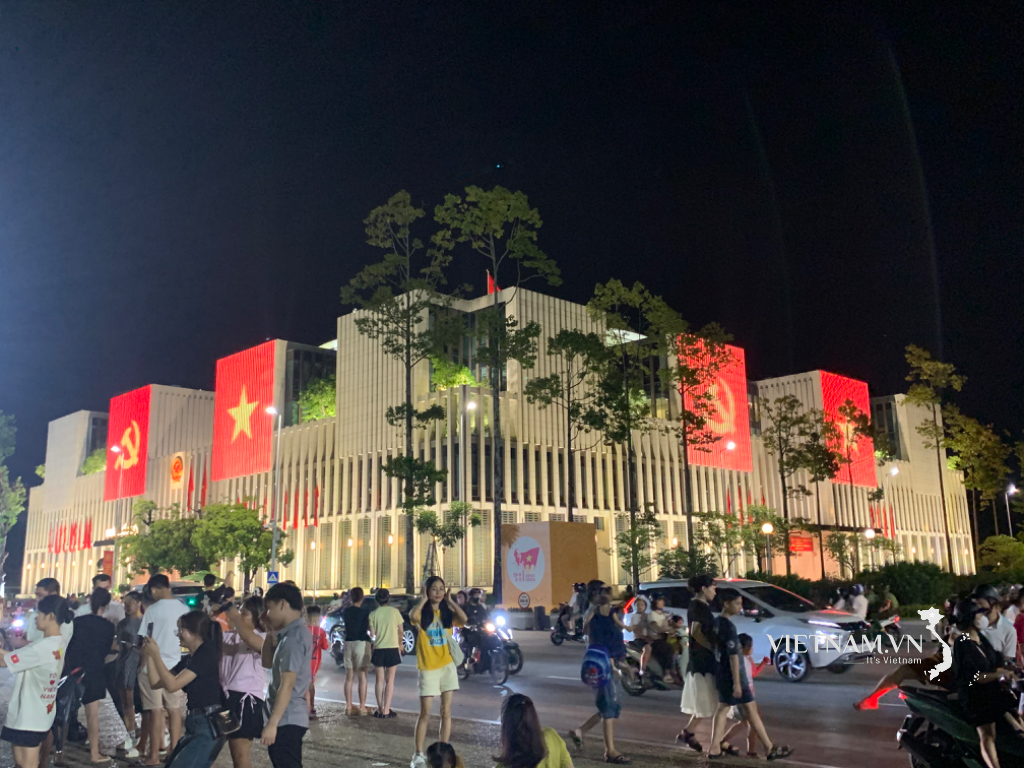
Comment (0)